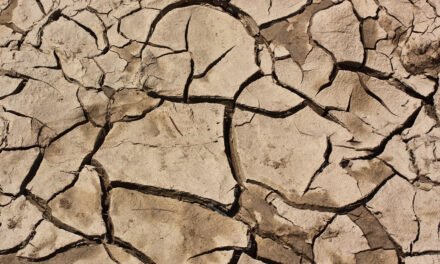The progress made by China in its decade-long war against pollution is set to bring about a significant improvement in the health and longevity of its citizens. A recent report reveals that the drastic measures taken by the Chinese government have led to a 42.3% reduction in pollution levels between 2013 and 2021. This groundbreaking achievement not only betters the air quality but also extends the average lifespan of Chinese individuals by an impressive 2.2 years.
A decade ago, China’s capital, Beijing, grappled with dense smog that enveloped the city and earned the moniker “air-pocalypse.” The severity of this situation prompted drastic actions, with people sealing windows, donning face masks, and turning up air purifiers in a bid to escape the hazardous air quality. In response, Chinese leaders launched a multibillion-dollar “war against pollution” that has proven to be a resounding success.
The annual Air Quality Life Index report, prepared by the Energy Policy Institute at the University of Chicago, has commended China’s remarkable achievements in curbing pollution. These achievements have not only resulted in improvements within China but also globally. The report highlights that global pollution levels slightly decreased from 2013 to 2021, and this positive shift can be entirely attributed to China’s proactive efforts.
The impact of these efforts is evident in Beijing, where air quality in 2021 reached its highest monthly levels since 2013. This improvement has even led to a new phenomenon known as “Beijing blue.” However, despite this progress, the report emphasizes the need for sustained work, as China still ranks as the 13th most polluted country globally.
While China’s strides in pollution reduction are encouraging, the report underscores the urgency of continued action. Beijing’s particulate pollution, a particularly hazardous form of pollution, remains 40% higher than in the most polluted county in the United States. The particulate pollution levels, though within China’s national standards, significantly exceed the World Health Organization’s guidelines.
China’s success story underscores the possibility of change through the collective efforts of the government and its citizens. Since 2014, China has enacted various measures, including restricting car numbers in cities, banning new coal plants in heavily polluted areas, and curbing high-pollution industrial activities. These actions have been guided by a combination of political determination and the allocation of necessary resources.
However, as the report highlights, South Asia presents a contrasting narrative. The region has evolved into the “global pollution epicenter,” with countries like Bangladesh, India, Nepal, and Pakistan experiencing drastic pollution-related challenges. These nations collectively constitute nearly a quarter of the world’s population. Unfortunately, the average resident in these countries is losing five years of their lifespan due to pollution, particularly in the most polluted regions.
South Asia’s struggle with pollution underscores the need for comprehensive initiatives and the importance of resources. Economic disparities and differing levels of infrastructure present formidable challenges in the fight against pollution. Nonetheless, the report emphasizes the potential for positive change with dedicated international aid and collaboration.
As China’s efforts continue to pave the way for cleaner air and longer lives, the report serves as a reminder of the global scale of pollution challenges. Addressing these challenges requires concerted efforts from governments, organizations, and individuals worldwide to secure a healthier future for all.










